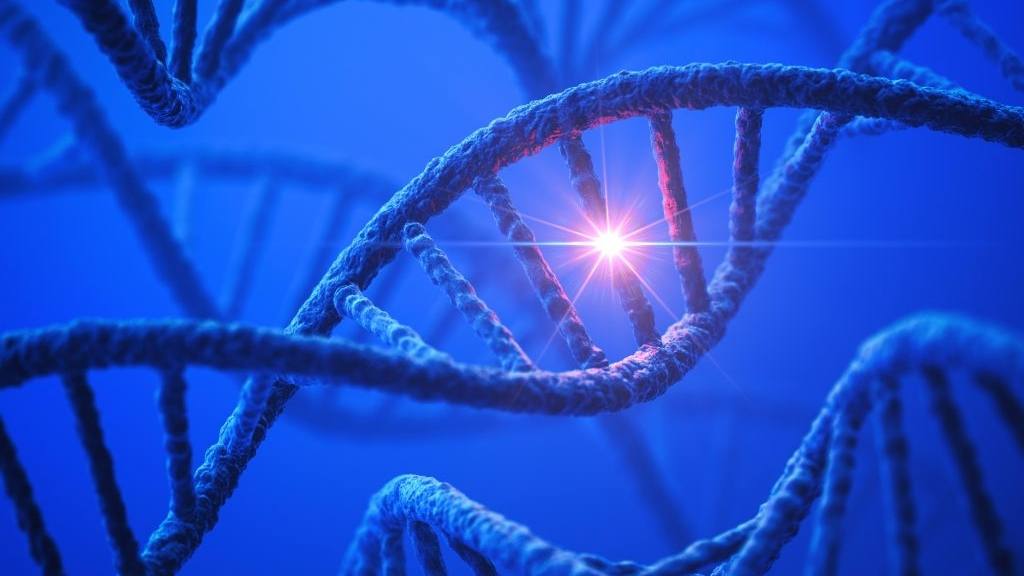Diagnosis
Your doctor is likely to start with a medical history and physical examination.
After that, your doctor might recommend:
- Enzyme tests. Damaged muscles release enzymes, such as creatine kinase (CK), into your blood. In a person who hasn't had a traumatic injury, high blood levels of creatine kinase (CK) suggest a muscle disease.
- Genetic testing. Blood samples can be examined for mutations in some of the genes that cause types of muscular dystrophy.
- Muscle biopsy. A small piece of muscle can be removed through an incision or with a hollow needle. Analysis of the tissue sample can distinguish muscular dystrophies from other muscle diseases.
- Heart-monitoring tests (electrocardiography and echocardiogram). These tests are used to check heart function, especially in people diagnosed with myotonic muscular dystrophy.
- Lung-monitoring tests. These tests are used to check lung function.
- Electromyography. An electrode needle is inserted into the muscle to be tested. Electrical activity is measured as you relax and as you gently tighten the muscle. Changes in the pattern of electrical activity can confirm a muscle disease.
Treatment
Although there's no cure for any form of muscular dystrophy, treatment for some forms of the disease can help extend the time a person with the disease can remain mobile and help with heart and lung muscle strength. Trials of new therapies are ongoing.
People with muscular dystrophy should be monitored throughout their lives. Their care team should include a neurologist with expertise in neuromuscular diseases, a physical medicine and rehabilitation specialist, and physical and occupational therapists.
Some people might also need a lung specialist (pulmonologist), a heart specialist (cardiologist, a sleep specialist, a specialist in the endocrine system (endocrinologist), an orthopedic surgeon and other specialists.
Treatment options include medications, physical and occupational therapy, and surgical and other procedures. Ongoing assessments of walking, swallowing, breathing and hand function enable the treatment team to adjust treatments as the disease progresses.
Medications
Your doctor might recommend:
- Corticosteroids, such as prednisone and deflazacort (Emflaza), which can help muscle strength and delay the progression of certain types of muscular dystrophy. But prolonged use of these types of drugs can cause weight gain and weakened bones, increasing fracture risk.
-
Newer drugs include eteplirsen (Exondys 51), the first medication to be approved by the Food and Drug Administration (FDA) specifically to treat some people with Duchenne muscular dystrophy. It was conditionally approved in 2016.
In 2019, the Food and Drug Administration (FDA) approved golodirsen (Vyondys 53) for treatment of some people with Duchenne dystrophy who have a certain genetic mutation.
- Heart medications, such as angiotensin-converting enzyme (ACE) inhibitors or beta blockers, if muscular dystrophy damages the heart.
Therapy
Several types of therapy and assistive devices can improve the quality and sometimes the length of life in people who have muscular dystrophy. Examples include:
- Range-of-motion and stretching exercises. Muscular dystrophy can restrict the flexibility and mobility of joints. Limbs often draw inward and become fixed in that position. Range-of-motion exercises can help to keep joints as flexible as possible.
- Exercise. Low-impact aerobic exercise, such as walking and swimming, can help maintain strength, mobility and general health. Some types of strengthening exercises also might be helpful. But it's important to talk to your doctor first because some types of exercise might be harmful.
- Braces. Braces can help keep muscles and tendons stretched and flexible, slowing the progression of contractures. Braces can also aid mobility and function by providing support for weakened muscles.
- Mobility aids. Canes, walkers and wheelchairs can help maintain mobility and independence.
- Breathing assistance. As respiratory muscles weaken, a sleep apnea device might help improve oxygen delivery during the night. Some people with severe muscular dystrophy need to use a machine that forces air in and out of their lungs (ventilator).
Surgery
Surgery might be needed to correct contractures or a spinal curvature that could eventually make breathing more difficult. Heart function may be improved with a pacemaker or other cardiac device.
Preventing respiratory infections
Respiratory infections can become a problem in muscular dystrophy. So, it's important to be vaccinated for pneumonia and to keep up to date with influenza shots. Try to avoid contact with children or adults who have an obvious infection.
Clinical trials
Explore Mayo Clinic studies testing new treatments, interventions and tests as a means to prevent, detect, treat or manage this condition.
Coping and support
A diagnosis of muscular dystrophy can be extremely challenging. To help you cope, find someone to talk with. You might feel comfortable discussing your feelings with a friend or family member, or you might prefer meeting with a formal support group.
If your child has muscular dystrophy, ask your doctor about ways to discuss this progressive condition with your child.
Preparing for your appointment
You might be referred to a doctor who specializes in the diagnosis and treatment of muscular dystrophy.
What you can do
- Write down your or your child's signs and symptoms and when they began.
- Bring photos or video recordings to show the doctor the symptoms that concern you.
- Write down key medical information, including other conditions.
- Make a list of all medications, vitamins and supplements you or your child takes, including doses.
- Tell your doctor whether anyone in your family has been diagnosed with muscular dystrophy.
Questions to ask your or your child's doctor
- What's the most likely cause of these signs and symptoms?
- What tests are needed?
- What are the possible complications of this condition?
- What treatments do you recommend?
- What is the long-term outlook?
- Do you recommend that our family meet with a genetic counselor?
Don't hesitate to ask other questions during your appointment.
What to expect from your doctor
Your doctor is likely to ask you questions, such as:
- Are the symptoms getting worse?
- What, if anything, relieves them?
- What, if anything, makes them worse?
- Do you plan on having more children?
